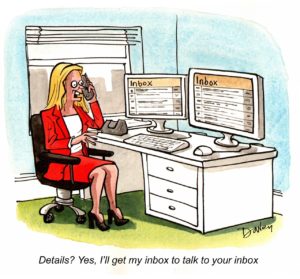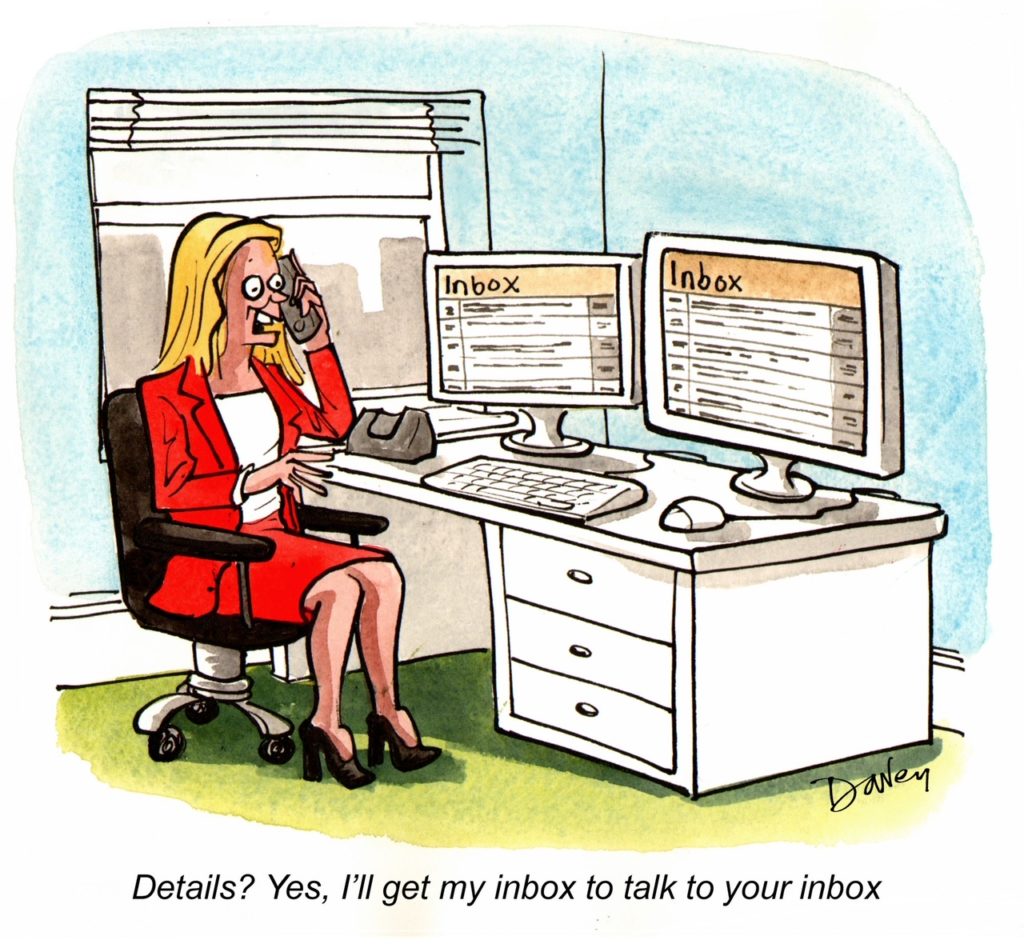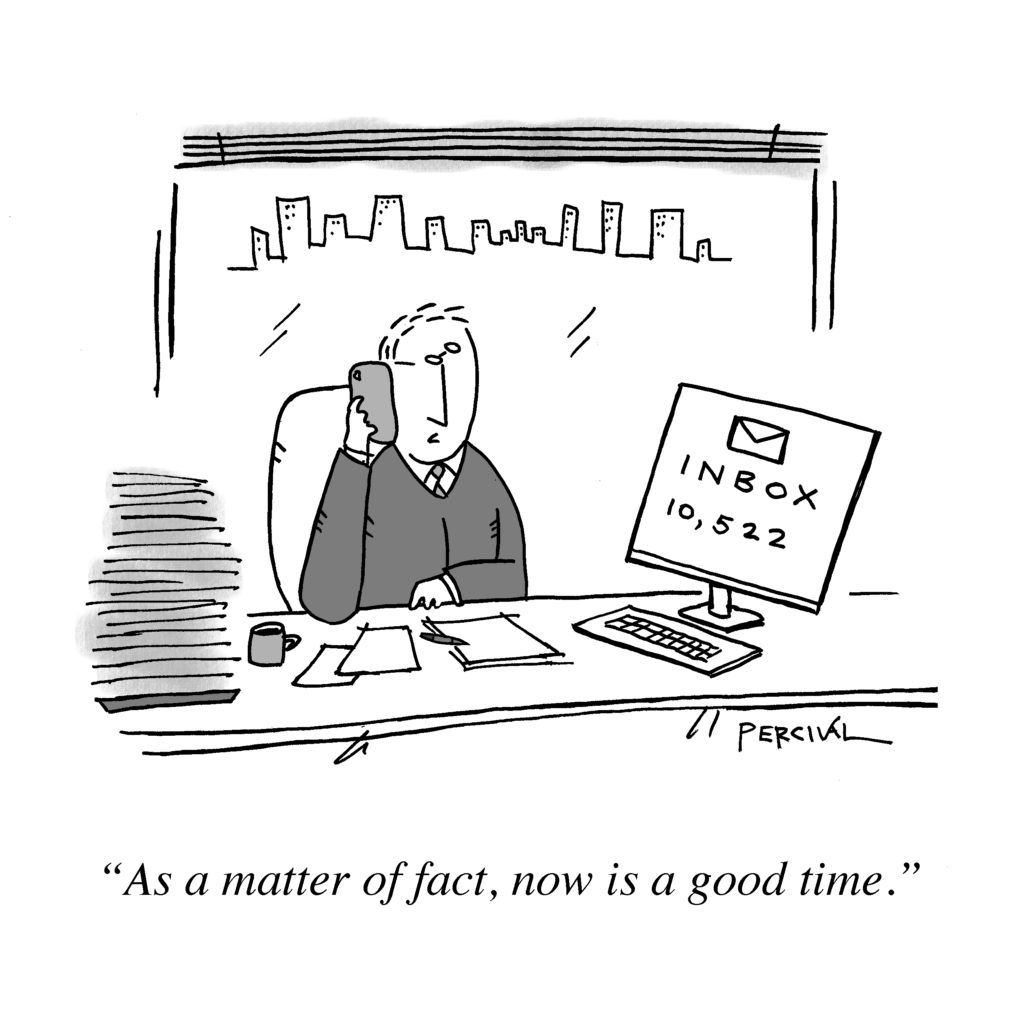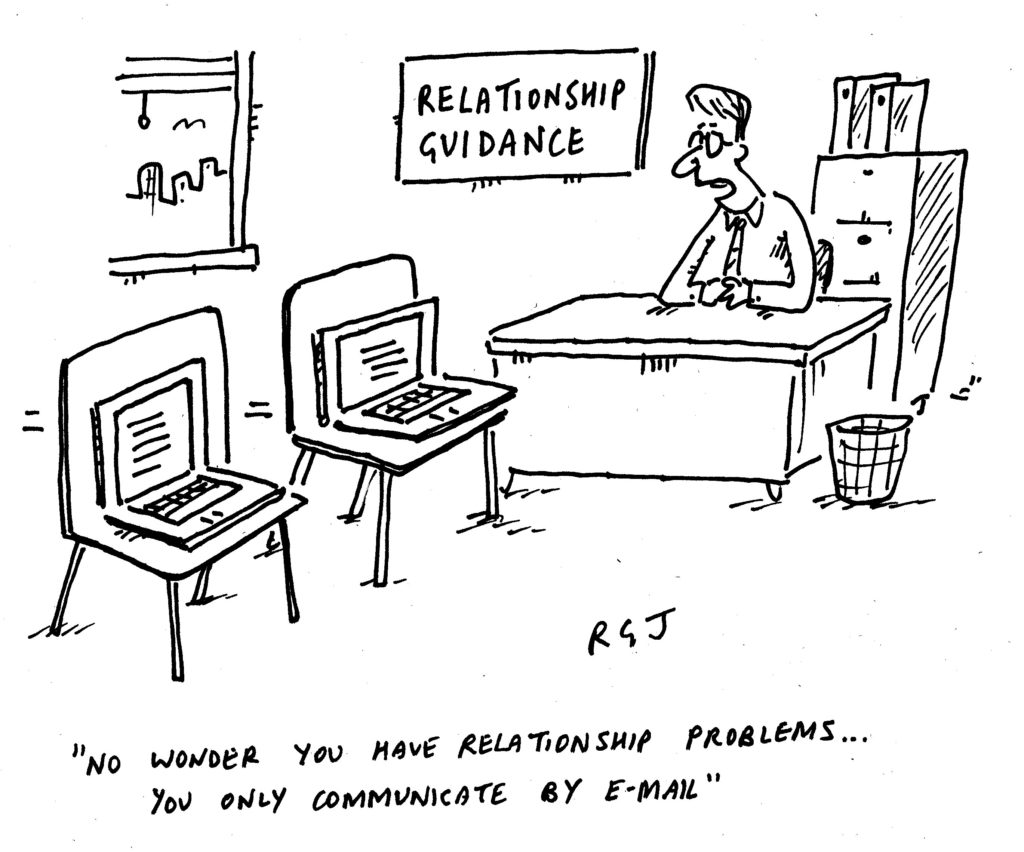
How to get a Foot in the Allocator’s Door

During the 1970’s, the average consumer saw between 500-1700 ads a day. By 2007, this had risen to over 5,000 ads per day. Today, the average consumer is subject to anywhere from 6,000 to 10,000 ads every day.
We now also combine this with LinkedIn, Twitter, WhatsApp, Bloomberg, email, etc. We have become professionals at sorting with very short attention spans and can feel so disconnected from any real issue since if we don’t like what we see or hear, we tend to ignore it.

The world in this sense has become very fast and perverse. It is harder to unpick a story because you move on to the next one very quickly.
So, how do you get in front of a fund selector when they also have all this noise to contend with?
You need to establish a relationship.
Whenever I meet a manager, I always have 2 questions at the forefront of my mind:
- Can I trust you? I care more about this than returns. Integrity is by far the most important thing and I can tell this by the tone of your voice. How you posit information is crucial.
- When the manager underperforms, or when the asset class is doing poorly, are they going to discuss this or do they attempt to brush the performance under the carpet? This is a key factor in being able to gain trust in a manager. No single manager is going to be able to have zero periods of poor performance, therefore, managers shouldn’t pretend that is the case.
We all get a lot of emails. When you have been in a career for a long enough time, you tend to get too many. If you think about which emails you tend to respond to, these include:
- Client emails
- Internal emails
- Admin emails from 3rd parties
- Funds you are currently invested in
- New fund sales emails
- Other relevant emails
On the flipside, in simple terms, when do I answer the phone?

It is when I feel compelled to. Particularly when I’m tired of endlessly staring at the computer screen and want some human interaction, a nice break from what can often be a daunting and bloated inbox.
Whilst one can try their best to keep on top of their emails, it is fairly inevitable for some to slip through the net, or to be parked in the ‘junk’ folder. Importantly, this is not necessarily the same for a phone call, which is by nature both more proactive, more productive and crucially, more difficult to park.
Murano’s investor analyst research team in total makes on average around 1500 outbound calls every single day to highly time constrained, and inbox inundated allocators. We find that catching an allocator on the phone is the hardest part; if one analyst makes 50-60 outbound calls per day, they can expect to perhaps reach 8-10 people. Once we have them on the phone, the conversation can take many routes;
- An insight into their current asset allocation and their intentions (the goal of our calls),
- A deferral to another more relevant colleague,
- Reorganising a better time for the call,
- An expression they are fully allocated or not open to new investments so therefore it is not relevant to speak at present.

Had this initial engagement been undertaken via email, it could easily have been parked and forgotten about. Murano’s interaction rates consequently would be substantially lower and the business model unsustainable. This analogy provides a helpful insight into the world and mind of the allocator. It shows how a simple phone call is the best means of attaining an allocator’s attention and cutting through the noise of an inbox. This ultimately helps get a foot into the allocator’s door to form that vital and more ‘human’ relationship.